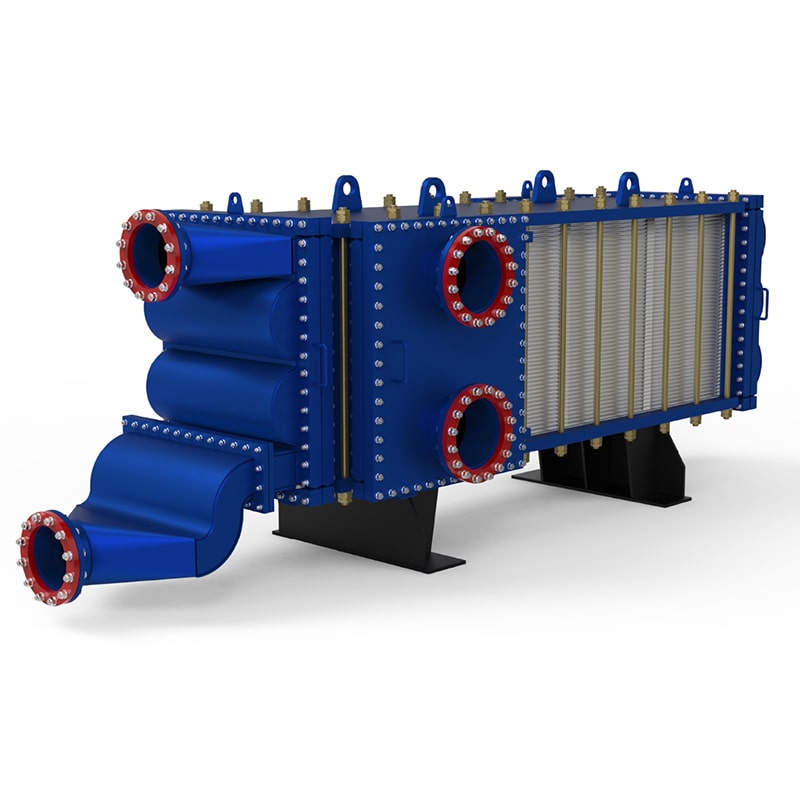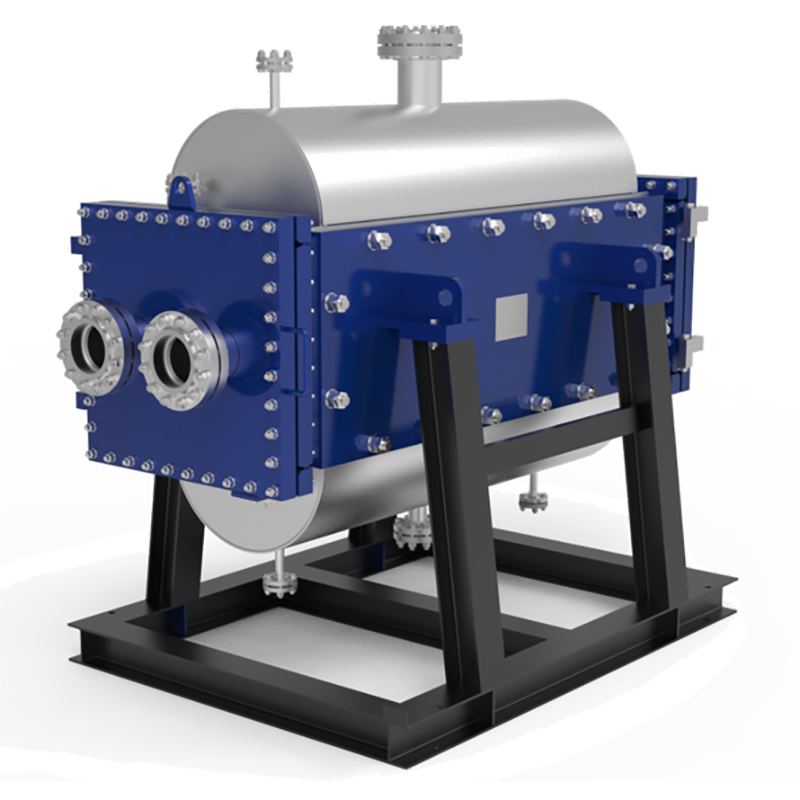5 key roles of plate heat exchanger gaskets.
Plate heat exchanger gaskets perform 5 key roles: ...
More
Laser welding plate refers to metal plates joined or processed using high-precision laser welding technology. This method employs a concentrated laser beam to melt and fuse materials, creating strong, clean, and highly durable welds. Laser welding is widely used in industries such as automotive, aerospace, electronics, and heavy machinery due to its ability to produce minimal thermal distortion, deep weld penetration, and superior joint integrity. The plates can be made from various materials, including stainless steel, aluminum, titanium, and carbon steel, tailored to meet specific industrial requirements. Unlike traditional welding techniques, laser welding offers unmatched accuracy, speed, and repeatability, making it ideal for high-volume production and complex geometries.
Laser welding plates are characterized by their exceptional weld quality, with reduced porosity and cracking compared to conventional methods. The process is highly automated, ensuring consistency and reducing human error. Additionally, laser welding minimizes the heat-affected zone (HAZ), preserving the material's structural properties and reducing post-welding treatments. This technology is particularly advantageous for applications requiring hermetic seals, fine detailing, or lightweight yet robust components. Industries leveraging laser welding plates benefit from enhanced product performance, longevity, and cost-efficiency over time.
Laser welding plates offer unparalleled advantages over traditional welding methods, making them the preferred choice for modern manufacturing. The precision of laser welding ensures minimal material waste, lower energy consumption, and faster production cycles, translating to significant cost savings. Studies show that laser welding can improve production speeds by up to 50% compared to arc welding, while maintaining superior weld quality. The technology also supports the welding of dissimilar metals, expanding design possibilities and material compatibility for innovative engineering solutions.
Industries adopting laser welding plates report higher productivity, reduced rework, and improved safety due to the non-contact nature of the process. For example, the automotive sector utilizes laser-welded plates for lightweight body structures, enhancing fuel efficiency without compromising strength. Aerospace applications benefit from the method's ability to join high-strength alloys with precision, critical for aircraft safety. Furthermore, laser welding's eco-friendly profile—with fewer emissions and consumables—aligns with sustainable manufacturing trends. Real-world data indicates a growing market demand, with the global laser welding equipment market projected to exceed $6 billion by 2027, driven by its efficiency and versatility.
Select the most popular foreign trade service products to meet your diverse needs
Learn more about the dynamics and professional knowledge of the foreign trade industry

Plate heat exchanger gaskets perform 5 key roles: ...
MoreAPI 662 defines standards for plate heat exchanger...
More
You can see clear differences between welded block...
More
Shanghai Plate Heat Exchanger leads innovation wit...
More
A heat exchanger plate is a core component that tr...
More
Gasketed plate heat exchangers boost industrial ef...
MoreSelect the most popular foreign trade service products to meet your diverse needs
Explore more content related to foreign trade services

User Comments
Service Experience Sharing from Real Customers
John Smith
Mechanical EngineerThe laser welding plate is incredibly precise and durable. It has significantly improved our production efficiency.
Emily Johnson
Production SupervisorGreat product for laser welding applications. Easy to use and delivers consistent results.
Michael Brown
Welding TechnicianThis laser welding plate is a game-changer. High-quality material and perfect for precision work.
Sarah Davis
Quality Control ManagerReliable and efficient laser welding plate. It meets all our industry standards and requirements.